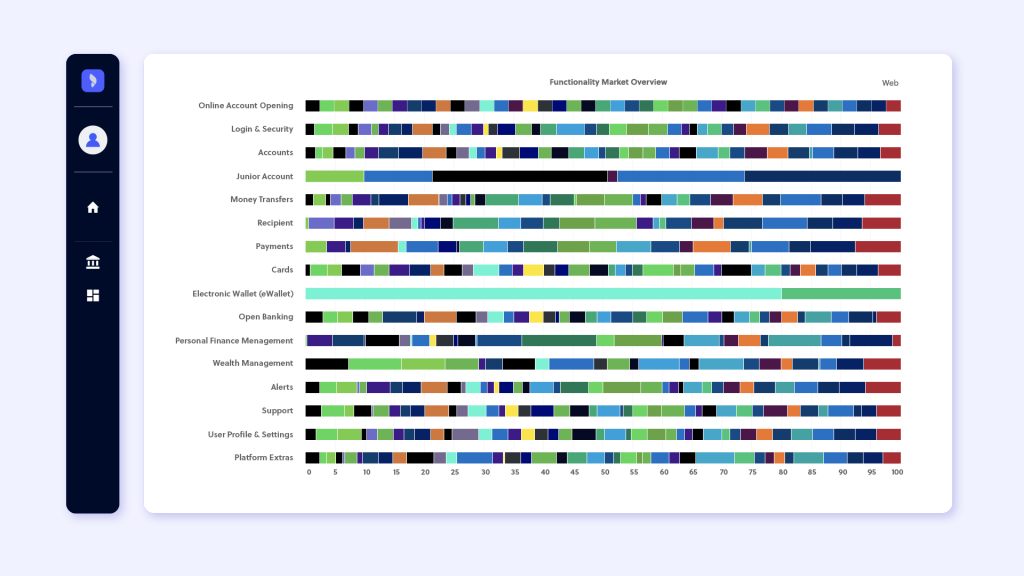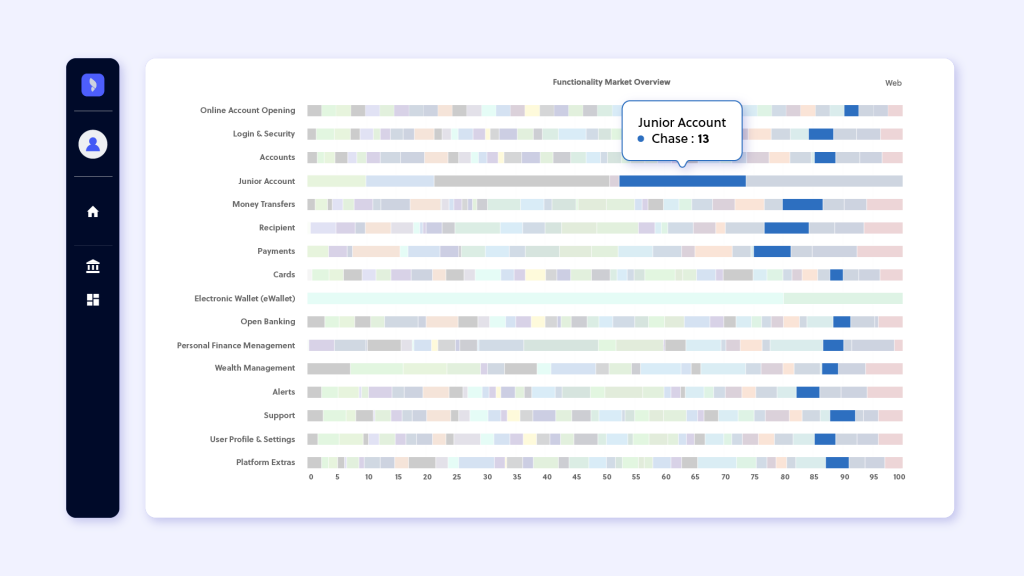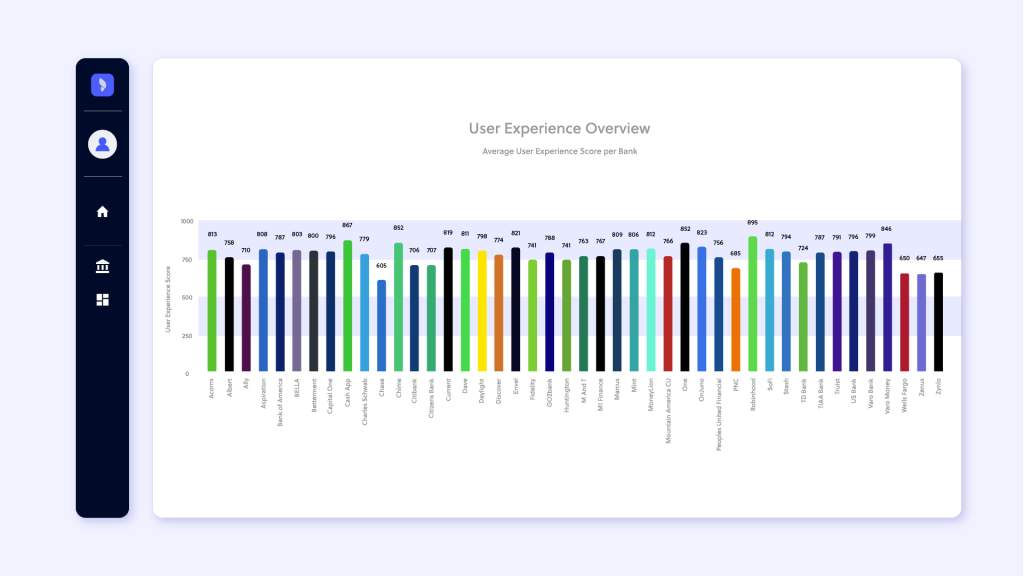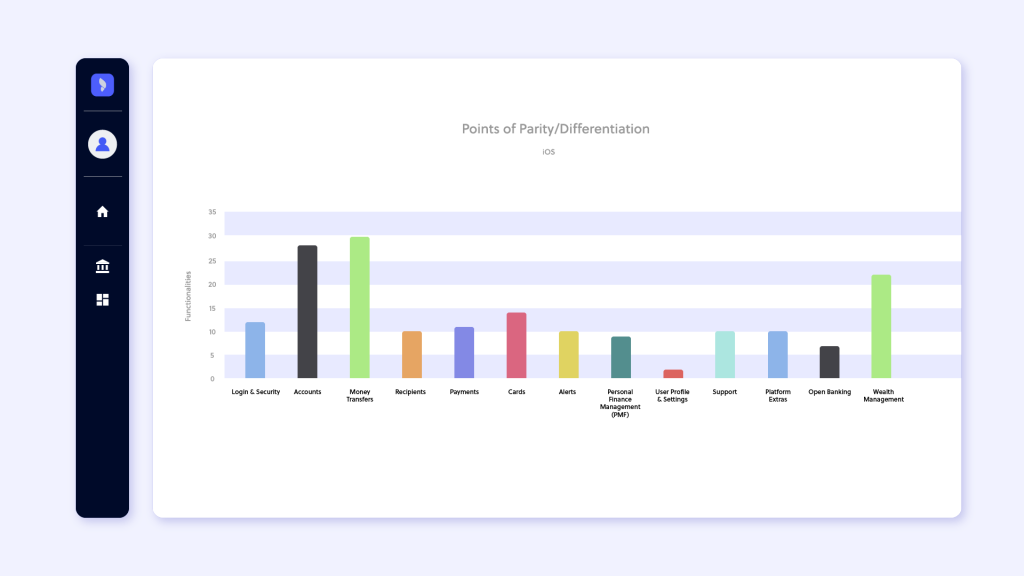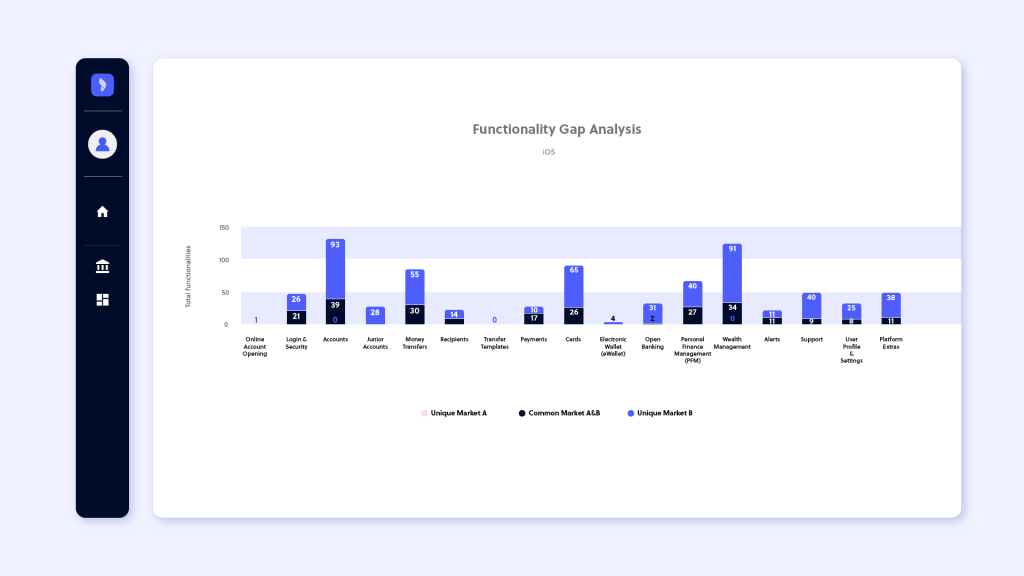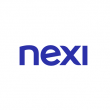Banking on youth: How can banks and fintechs maximise the opportunity around junior accounts?
While children’s earliest interactions with money often involve cash – the Tooth Fairy, Santa, gifts from Grandma and Grandpa, the list goes on – digital payments are increasingly commonplace.
30% of respondents to a survey conducted by YouGov on behalf of creditcards.com said they paid their kids’ allowances using direct bank transfer, a debit card, or a money app. With cashless payments more popular than ever – in 2021, 80% of all US retail transactions were cashless, according to the findings from the latest Diary of Consumer Payment Choice published by the Federal Reserve Bank of San Francisco – that number will undoubtedly go up over the coming years.
Yet, despite the explosion in demand for junior accounts and child-oriented money apps that this will probably create, data on the current state of the market is thin on the ground.
And, without knowing who the key players are, what they’re offering, and where there are market gaps, how can banks and fintechs build a product that sets them apart in what could become a very crowded market?
How banks and fintechs do competitive analysis (and why it doesn’t work)
Banks and fintechs typically research new market opportunities using one of two techniques: they rely on industry reports, or open accounts with competitors to try out their features and functionality for themselves.
Neither approach is especially effective.
Reports are often out of date. By the time they’ve been approved and published, the bank or fintech might have updated, changed, or discontinued a feature. Or, at the other end of the spectrum, they might not have released a feature they’d announced in the report, for whatever reason.
Opening accounts with every bank, credit union, or fintech you want to evaluate, on the other hand, is laborious and impractical.
It takes time to complete different banks and fintechs’ account-opening procedures. And specific requirements such as geographical restrictions – and, particularly in the case of credit unions, eligibility criteria – may make it impossible to study important competitors.
More to the point, there’s no structured way to evaluate offerings and compare them to each other. As a result it’s hard to get a complete picture of the market and understand the areas where specific products excel (and where they’re letting customers down).
Evaluating the US junior account market, with FinTech Insights Lite
We designed our digital banking research platform FinTech Insights with the specific aim of getting around the limitations of industry reports and mystery shopping.
With FinTech Insights, you can go behind the login screens of leading banks, credit unions, and fintechs around the world, experience them as a customer would, and understand how their various offerings stack up compared to the local, regional, and global market through custom dashboards, graphs, and other visuals.
The idea was to make it as easy as possible to uncover best practices, so banks and fintechs don’t have to go through a lengthy process of trial and error as they build new digital products. The data also helps to quickly identify unmet customer needs and market opportunities.
To date, FinTech Insights has only been available through a paid subscription model.
But, for the first time ever, we’ve launched a free version – FinTech Insights Lite – that makes it possible to:
- Evaluate the market of your choice
- View how specific digital banking features are distributed in that market, including which banks and fintechs have the most (and fewest) features
- Find out which banks and fintechs have the best (and worst) user experiences
- Understand what banks and fintechs’s digital offerings have in common, and which consumer needs they don’t address
A snapshot of the US junior account market
So, what can FinTech Insights Lite tell you about your market and the quality of your competitors’ features?
And, more specifically, what can it tell you about the junior account market in the US?
1. Customers currently have limited choice.
The graph below, in which each color represents a different firm, shows that only five US banks, fintechs, and credit unions offer junior accounts. And this means firms that launch a junior account product now stand to gain a considerable first-mover advantage.
Hovering over the graph enables you to go into even more detail:
You can see how many features each firm’s junior account offering has. Based on this data, you can work out how much individual firms have invested into their offering and how this compares to the market as a whole.
It’s worth noting that, because this is FinTech Insights Lite, the free version of our platform, the data is from a subset of the US market. You can get a more complete picture by upgrading to a paid plan.
2. What’s the user experience like?
Once you’ve identified which banks, credit unions, and fintechs offer junior accounts, you can evaluate what their user experiences are like.
Needless to say, customer expectations in this area are sky high across the board. But a good user experience is especially important when it comes to junior accounts, because younger users have very specific usability needs.
FinTech Insights and FinTech Insights Lite both use our proprietary Perfect 1000 scoring system to quantify how much effort a customer must expend to complete a specific action.
The lower the score, the more effort a customer must put in to do what they need to do and, so, the poorer the user experience.
By contrast, a higher score means performing a specific action requires less effort: the hallmark of a good user experience.
You can view various banks and fintechs’ user experience scores in a particular category on a graph. This enables you to hone in on those firms that do it best, so you can learn from them. You can also evaluate the worst performers, so you can understand what pitfalls to avoid.
3. What makes a digital banking offering stand out?
Evaluating the current state of the junior account market can also help you make better-informed strategic decisions.
Case in point, FinTech Insights Lite’s ‘Points of parity / Differentiation’ screen shows you which features the various banks and fintechs in your chosen market have in common.
Looking at this screen can help you identify which digital banking features are must-haves, and which features could be competitive differentiators.
FinTech Insights Lite also enables you to carry out head-to-head and market comparisons.
Here, the benefit is that you can see how many banks and fintechs offer a particular feature in the markets of your choosing, so you can determine whether launching your own version of that feature would be worthwhile.
The future of youth banking is digital
Public transport. School canteens. Online entertainment.
With an ever growing list of the merchants kids deal with on a daily basis going cashless, junior accounts and other child-oriented money apps are arguably becoming a necessity.
But, practicalities of payment aside, these digital products also serve another important purpose. They teach children good money habits, and can turn them into customers for life.
For banks and fintechs, it’s an unmissable opportunity.
Products like teen accounts have traditionally been loss leaders – products that don’t make banks much money but serve as a foot in the door.
In comparison, junior accounts and other money management apps for children enable banks and fintechs to build brand loyalty while also generating revenue. And, because these apps have parental controls in place, to do so at relatively low risk.
The key is to get the balance between must-have functionality and differentiation right. By having full visibility into the current state of the market, you can understand your competitors’ strengths and weaknesses and use that knowledge to launch a superior product faster.
Want to learn more about how your bank, fintech, or credit union can capitalise on the opportunity around junior accounts? Or to explore other digital banking features, or the current state of your market?
All you need is your company email address.
Sign up for FinTech Insights Lite for free and start evaluating your market today!


